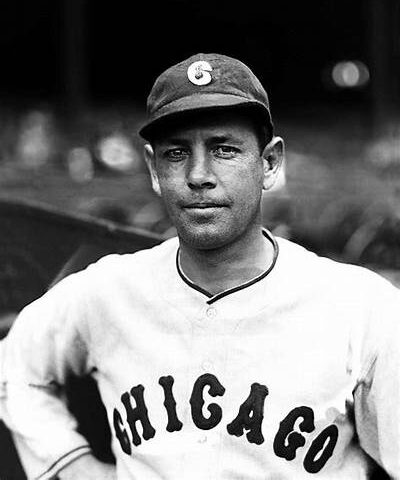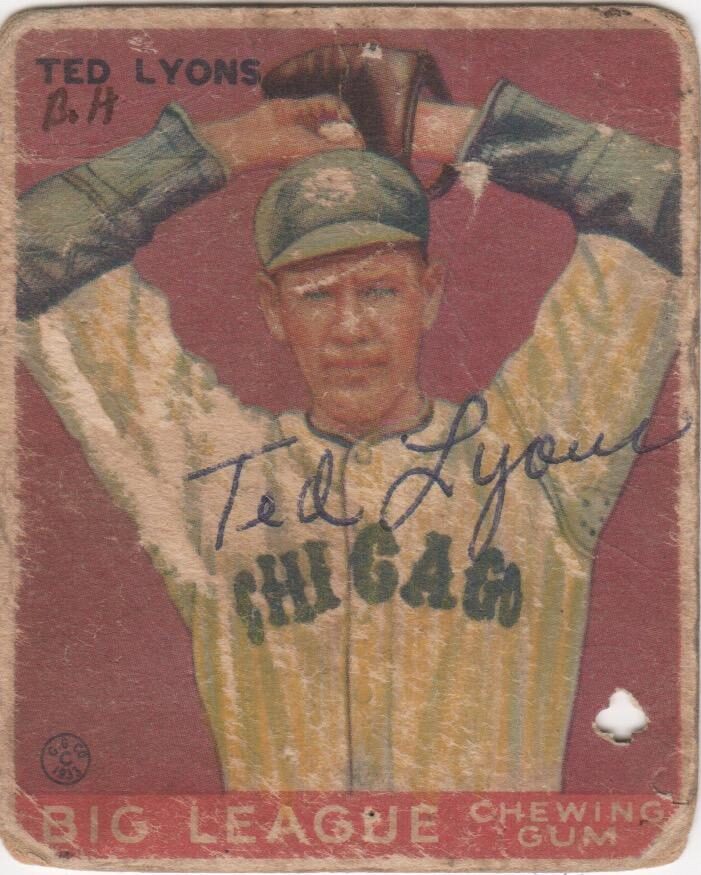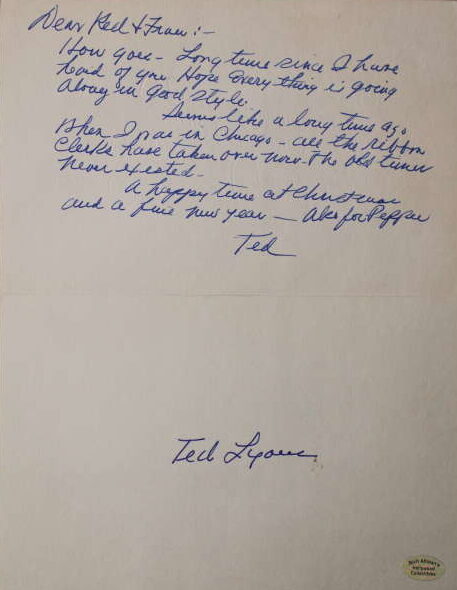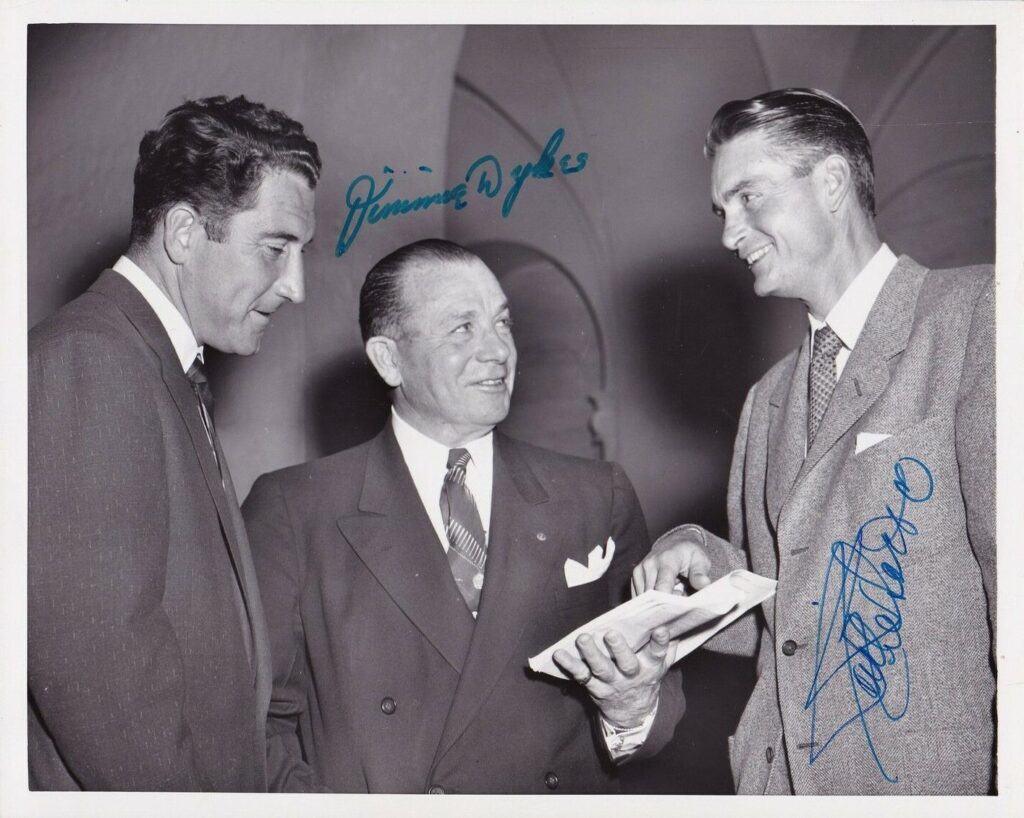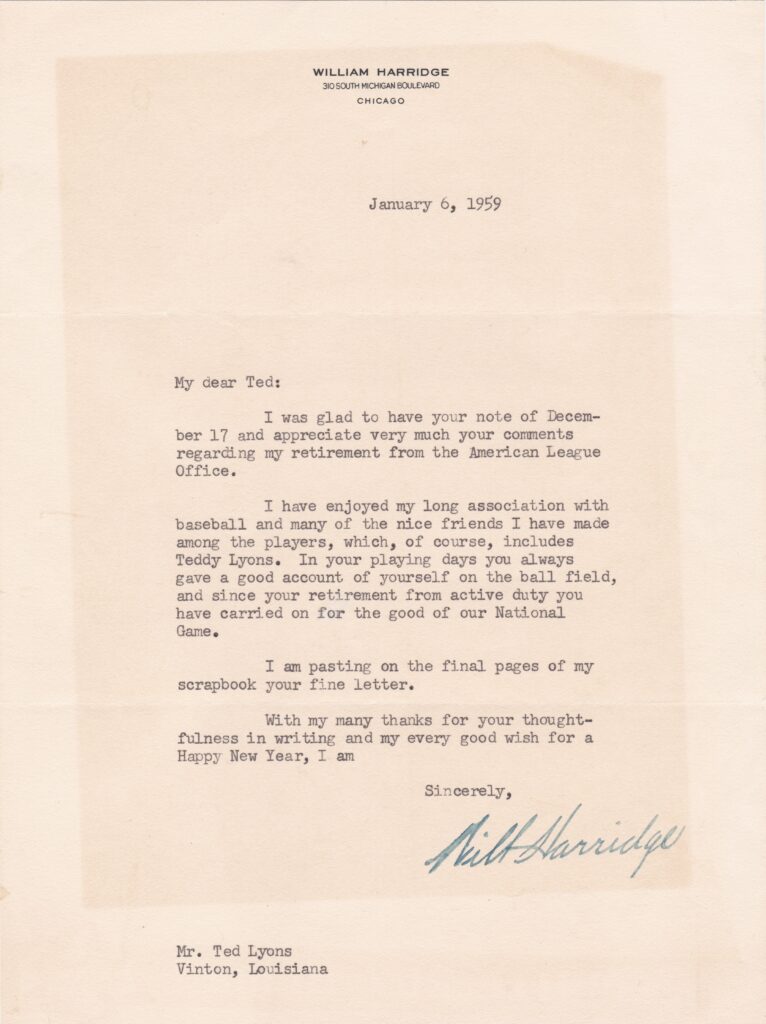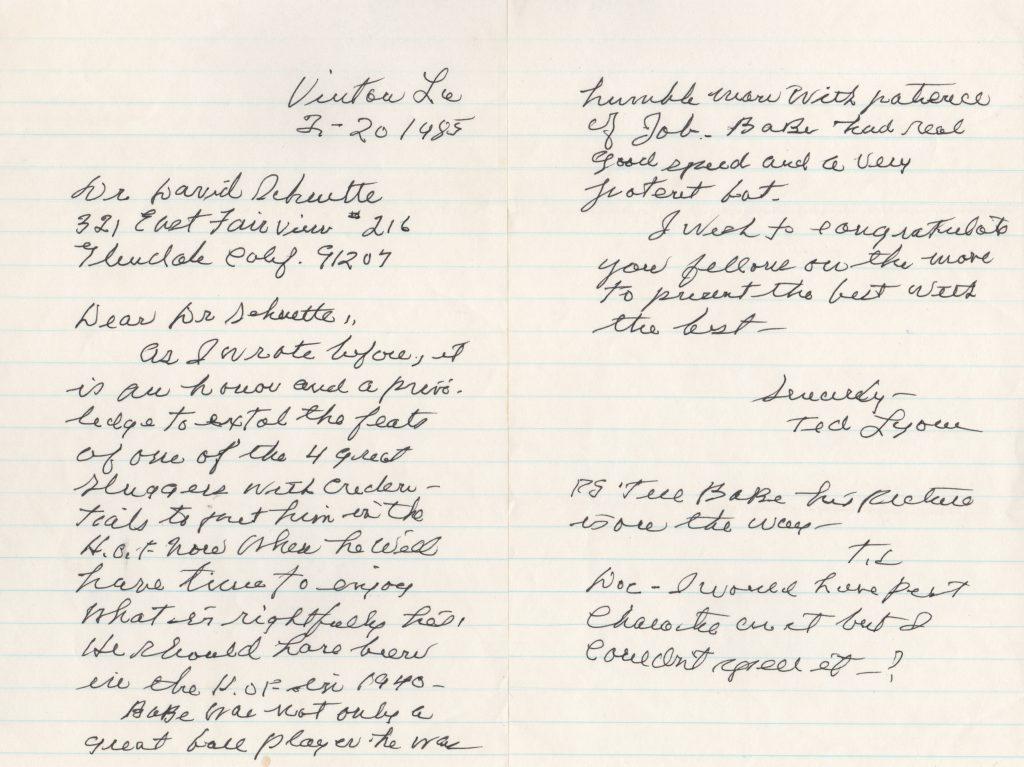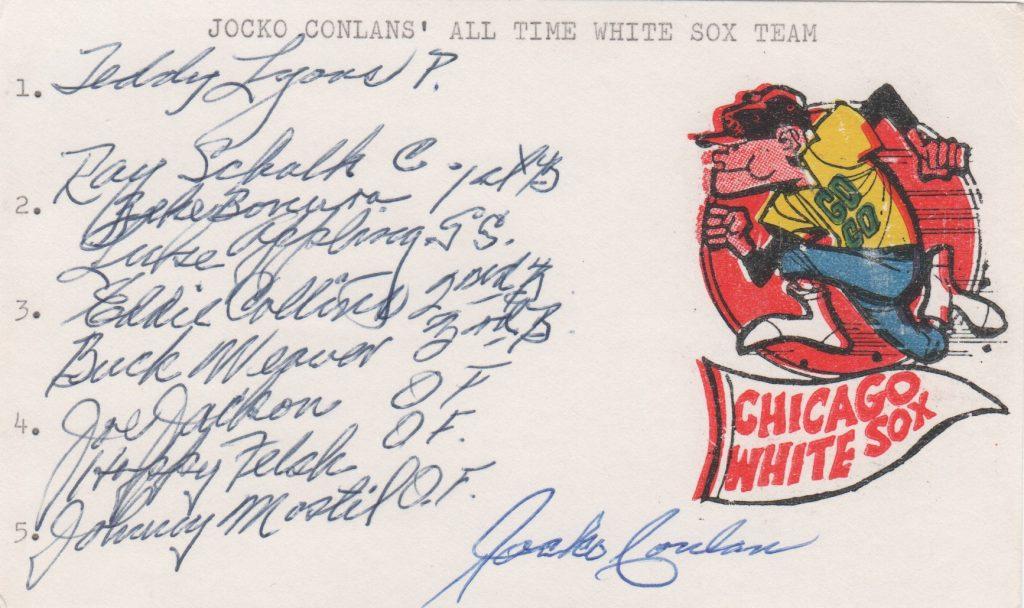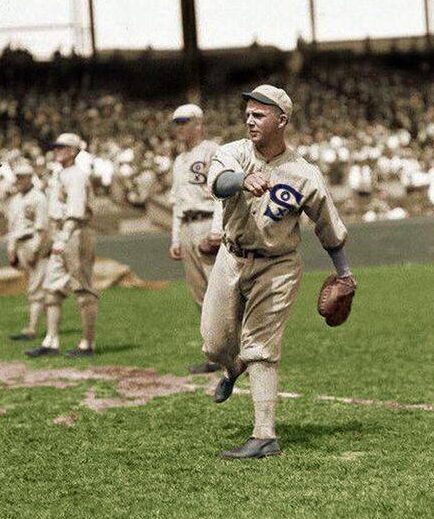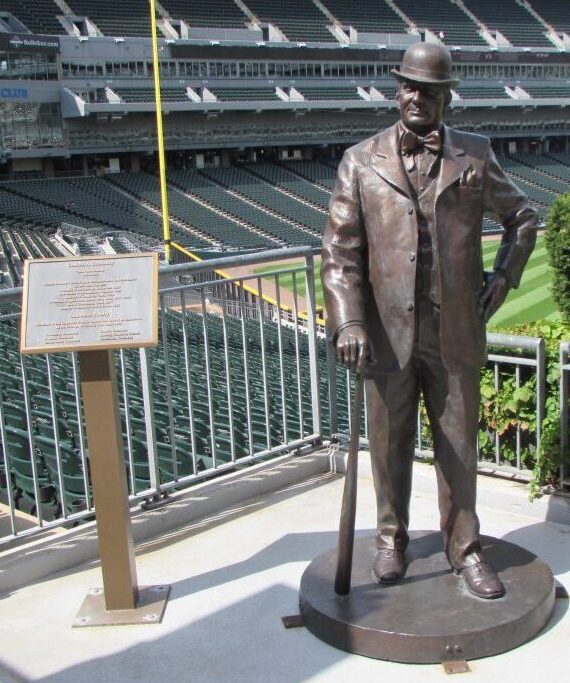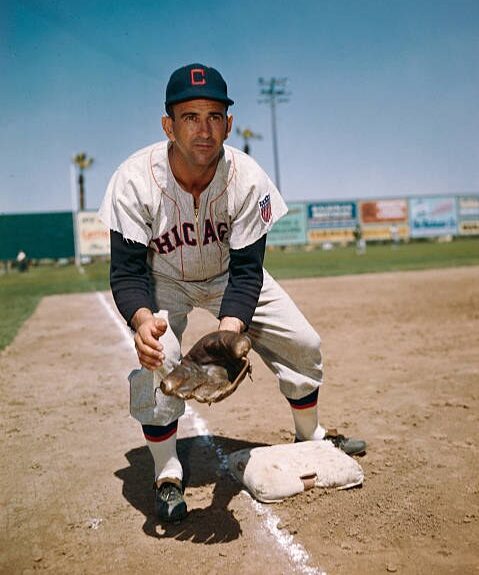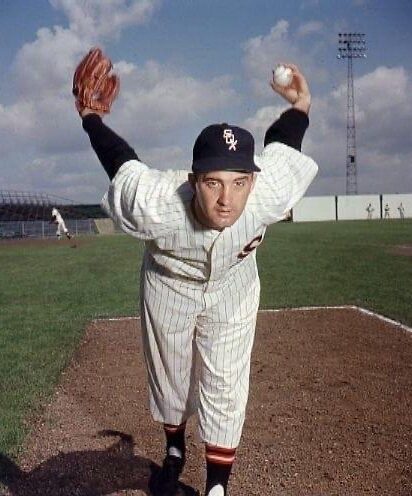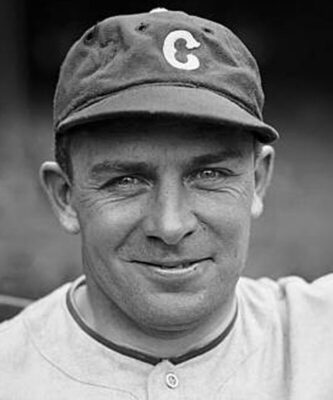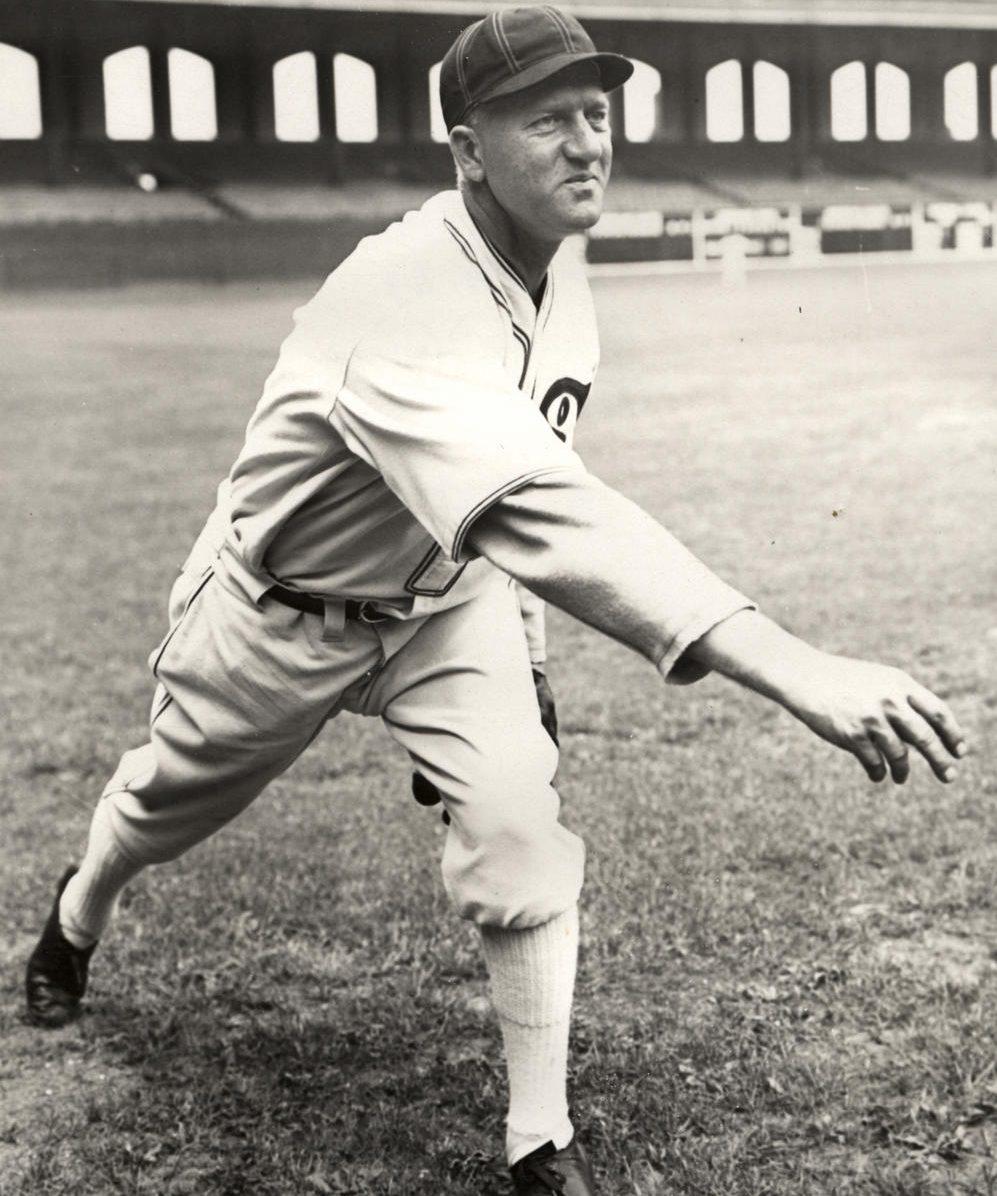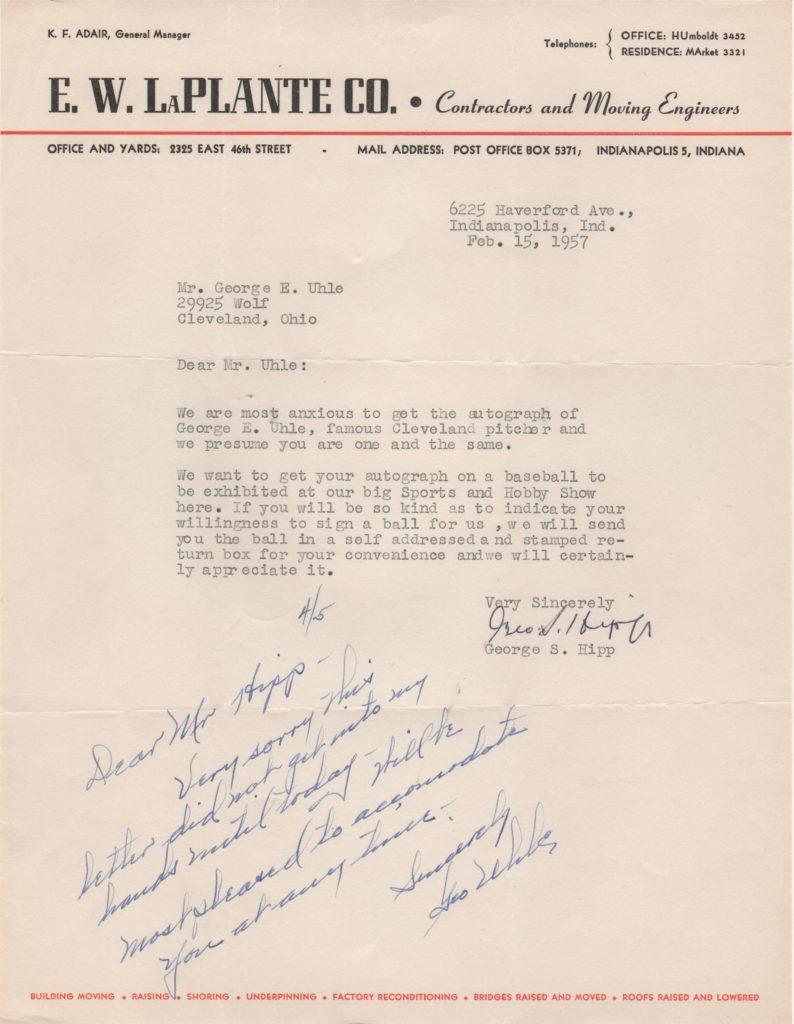
The last men to throw 20 innings in a single game did it against each other. On May 24, 1929 the Tigers squared off against the White Sox at Chicago’s Comiskey Park. Detroit sent George Uhle; Chicago countered with future Cooperstown man Ted Lyons.
The game lasted 21 innings with Uhle going all but three outs and Lyons lasting the distance.
Both pitchers were less than sharp to start. Uhle gave up five runs on ten hits through the first five innings. Lyons wasn’t much better, allowing his fifth run and 11th hit in his 6th frame.
From there the two right-handers put up zero after zero after zero. After 9 innings the game was tied at five. Another 9 innings later, the score remained the same.
The game entered the 21st inning with Uhle at bat. He reached on an infield single, his fourth hit of the game. His night ended when he was lifted for pinch runner Emil Yde.
Uhle departed after 20 innings. He gave up 5 runs on 17 hits and 3 walks. He struck out 4. In a game with 164 plate appearances, no batter for either team had more hits than Uhle.
Charlie Gehringer put Uhle in line for the win three batters later with a sacrifice fly. Iron man Lyons retired the next batter to end the visitor’s half of the 21st inning.
The game’s first reliever Lil Stoner recorded the final three outs to end the contest.
Lyons took the loss after throwing all 21 innings. He allowed 6 runs on 24 hits while walking 2 striking out 4. The game marked the last time any hurler completed at least 20 innings in a single game.
In the collection is a letter from legendary autograph collector George Hipp written to Uhle. Hipp requests the Uhle’s autograph in 1957. In that decade through the 1960s Hipp was a prolific letter-writer in his attempt to obtain the autograph of every living player.
The image above shows Hipp’s successful attempt to secure Uhle’s signature.
The pitcher writes, “Dear Mr. Hipp – Very sorry this letter did not get into my hands until today. Will be most pleased to accommodate you at any time – Sincerely Geo Uhle.”
Hipp’s letter is dated February 15, 1957 while Uhle has penned the date of April 5, hence his apology for not tending to the request earlier.
Similar letters to Hipp can be found on the pages of Larry French and Lon Warneke.
